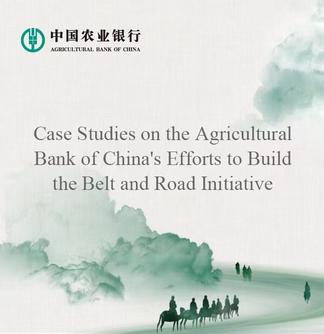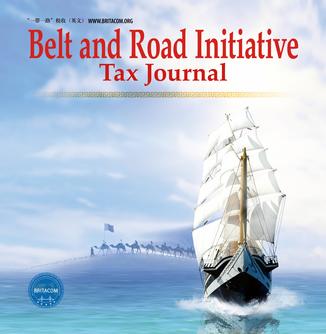BEIJING, May 10 (Xinhua) -- China's total imports and exports with the countries along the Belt and Road countries grew rapidly, with import growth exceeding export growth for the first time in 2017, while private enterprises became key traders and state-owned enterprises' trade volume soared, according to a report released by State Information Center and Dalian InfoBank Co., Ltd.
The report, the Belt and Road Trade Cooperation Big Data Report 2018, was compiled and released by Big Data Center for the Belt and Road Initiative of the State Information Center (SIC) and Dalian InfoBank Co., Ltd., Economic Information Daily reported on May 10.
The report covered 71 countries along the Belt and Road, as well as 31 Chinese mainland provinces, autonomous regions and municipalities. Seven countries, including South Korea, Panama, South Africa, New Zealand, Madagascar, Morocco and Ethiopia, were included in the report for the first time.
China registered total imports and exports of 1.44032 trillion U.S. dollars with "Belt and Road" countries in 2017, up 13.4 percent year on year, 5.9 percentage higher than the growth rate of China's overall foreign trade volume, accounting for 36.2 percent of China's total imports and exports.
Countries along the Belt and Road routes have become increasingly important. Of which China registered exports of 774.26 billion U.S. dollars with "Belt and Road" countries, up 8.5 percent year on year, accounting for 34.1 percent of China's total exports; and imports of 666.05 billion U.S. dollars with "Belt and Road" countries, up 19.8 percent year on year, accounting for 39.0 percent of China's total imports. China's import growth exceeded export growth for the first time in recent five years.
In terms of countries, South Korea, Vietnam, Malaysia, India and Russia are China's key "Belt and Road" trade partners.
In 2017, Asia and Oceania region remained China's largest "Belt and Road" trade partner with total export-import volume reaching 817.86 billion U.S. dollars. This accounted for 56.8 percent of China's total imports and exports volume.
In terms of regional trade growth, China's trade volume with Central Asia grew fastest in 2017, up 19.8 percent from 2016, followed by Eastern Europe (17.8 percent). China's top 10 "Belt and Road" trade partners in 2017 were South Korea, Vietnam, Malaysia, India, Russia, Thailand, Singapore, Indonesia, the Philippines and Saudi Arabia. China's trade volume with these countries accounted for 68.9 percent of China's total trade volume with countries along the Belt and Road routes.
In terms of domestic regions, the eastern region's trade volume with countries along the Belt and Road routes accounted for nearly 80 percent, the northeastern region's trade volume with countries along the Belt and Road routes grew the fastest, Guangdong, Jiangsu, Zhejiang, Shandong and Shanghai were the top five domestic traders with "Belt and Road" countries.
In 2017, the eastern region's imports and exports with countries along the Belt and Road routes were 1.14941 trillion U.S. dollars, accounting for 79.8 percent of China's total imports and exports with "Belt and Road" countries. In terms of regions, the northeastern region's trade volume with "Belt and Road" countries grew fastest, up 22.0 percent from 2016, followed by the western region (15.6 percent).
In terms of commodity structure, mechanical and electrical products were key commodities China exported to countries along the Belt and Road routes, electrical equipment and mineral fuels were key commodities China imported from such countries.
Remarkably, private enterprises were the largest traders that registered total imports and exports of 619.98 billion U.S. dollars with "Belt and Road" countries in 2017, accounting for 43.0 percent of China's total trade volume with "Belt and Road" countries, followed by foreign-invested enterprises (36.6 percent), state-owned enterprises (19.4 percent) and other enterprises (1.0 percent).
State-owned enterprises' imports and exports grew the fastest with total imports and exports of 279.59 billion U.S. dollars with "Belt and Road" countries in 2017, up 24.5 percent from 2016. (Edited by Ma Xin, maxin11@xinhua.org)




 A single purchase
A single purchase








